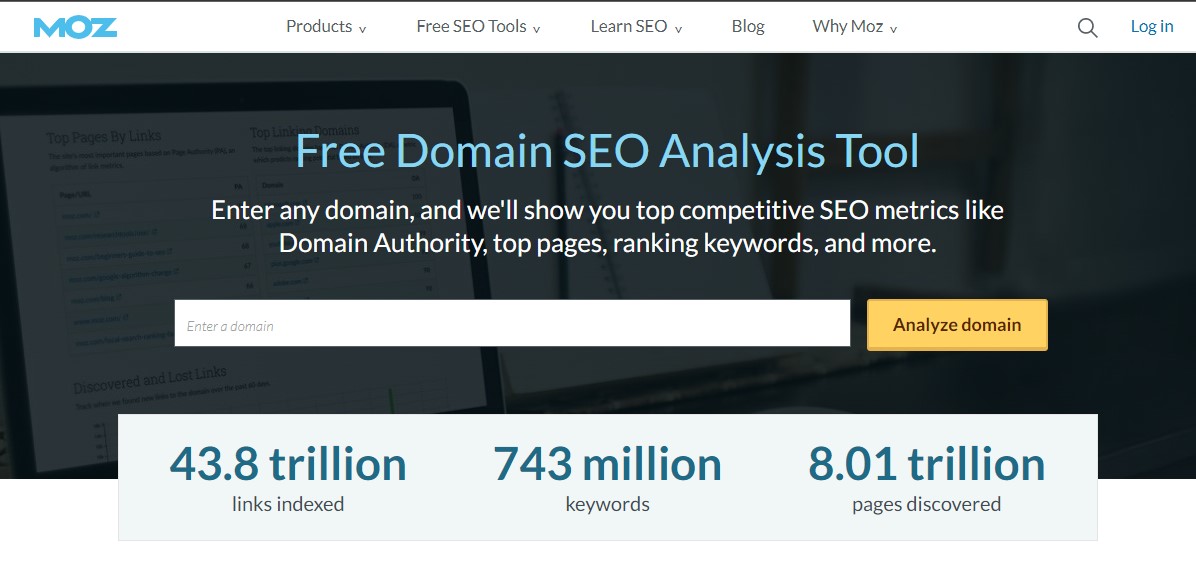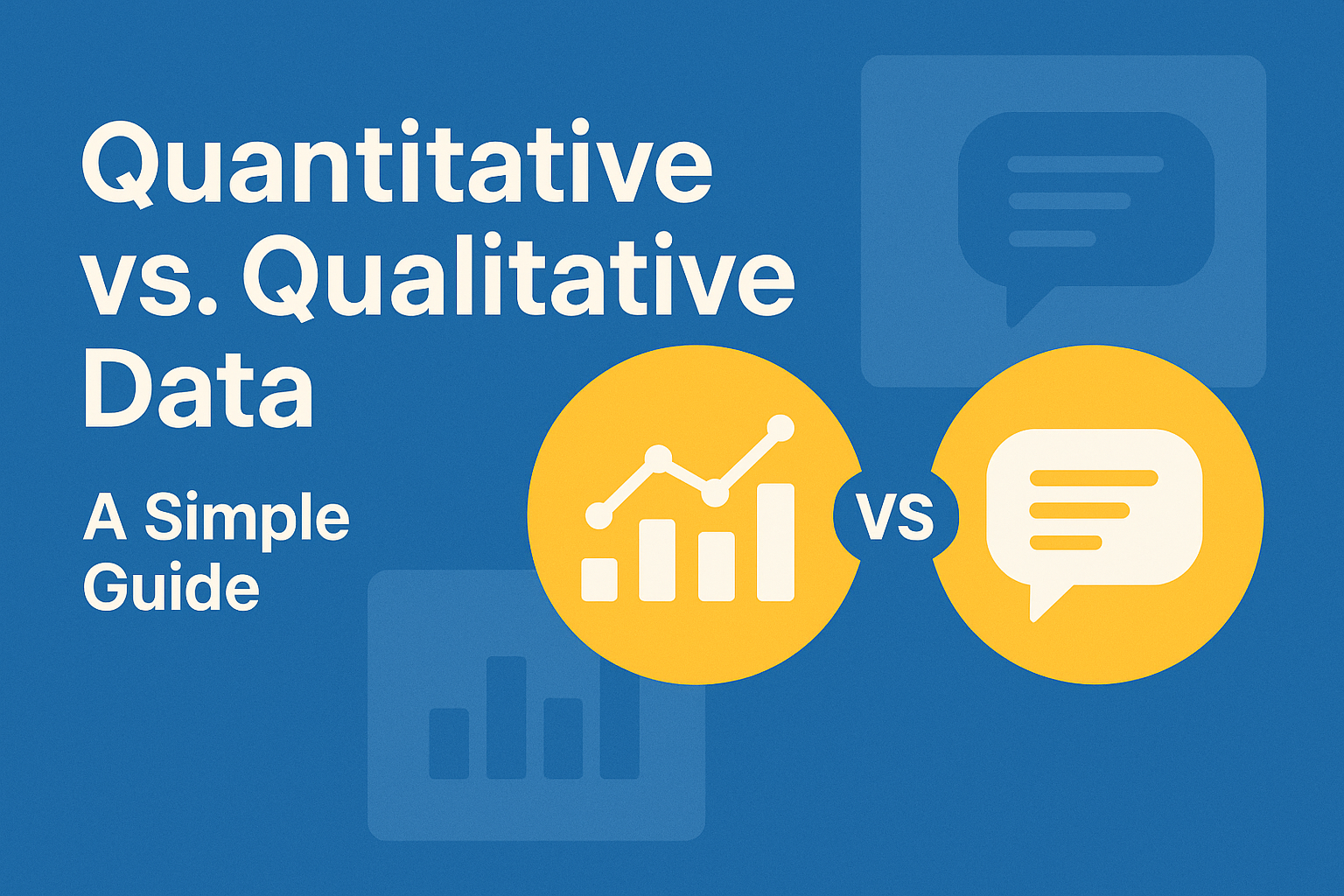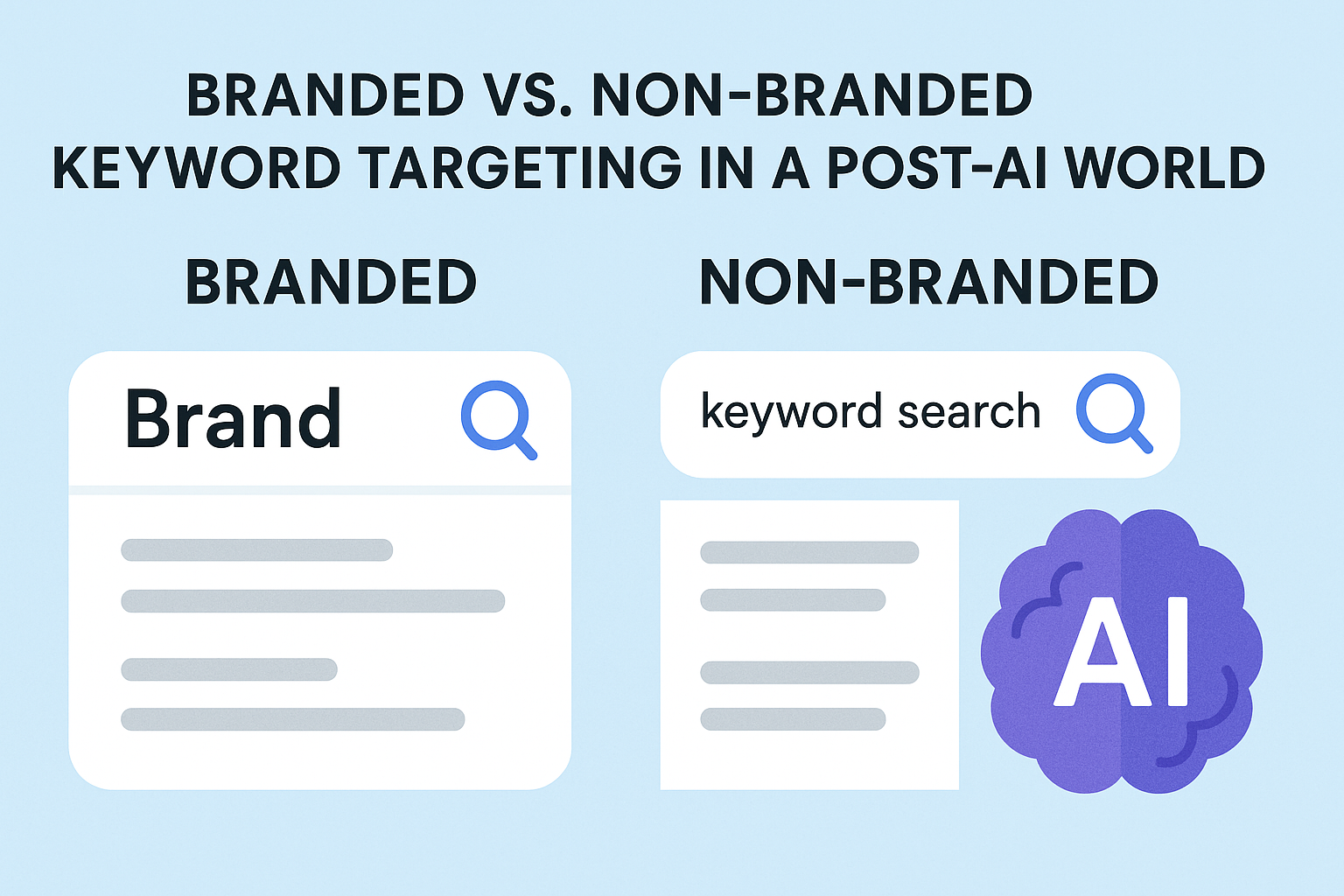Moz DA is a predictive third-party metric, not a Google ranking factor. Treat it as a health proxy for your link ecosystem and topical authority—not a KPI you optimize in isolation. Aim to move business metrics (qualified traffic, revenue), and use DA to sanity-check whether your authority is compounding.
How DA Really Behaves (So You Don’t Fight Physics)
- Non-linear scale: Moving from DA 10→20 is far easier than 60→70. Expect diminishing returns and longer cycles the higher you climb.
- Relative, not absolute: Your DA only matters versus competitors in your topic/locale. Beat the set you actually compete with.
- Second-order effects: Better links → faster indexing → more keyword coverage → more links. DA often lags the wins by weeks/months.
1) Choose a Relevant, Durable Domain (or Make the One You Have Safer)
When starting:
- Prioritize brandable + topical clarity (memorable, easy to spell, no hyphens).
- Check history: Wayback + backlink audit. Avoid domains with spammy legacy links or thin-affiliate baggage.
- Prefer stable TLDs; the TLD itself rarely moves rankings, but perception and trust matter for outreach.
When already live:
- Don’t rebrand just to chase keywords. If you must migrate, do a clean 301 map, consolidate stray subdomains, and preserve the strongest URLs first.
- Maintain canonical discipline (no stray parameters/subdomain variants leaking equity).
Pro moves
- Pre-empt “brand squatting”: register common misspellings and 301 them.
- If you acquire a related site, merge surgically: keep only pages with traffic/links; 410 the chaff to avoid importing toxicity.
2) Publish Content Built to Earn Links (Not Just Rank)
On-page basics (titles, headings, internal links) are table stakes. To move DA, prioritize link-earning assets:
- Data, tools, and originals: Industry studies, pricing benchmarks, calculators, maps, templates, public datasets. These attract editorial links.
- Information gain: Add facts others don’t have—quotes from SMEs, proprietary numbers, custom visuals.
- Entity clarity & credibility: Author bios, About/Contact, editorial policy, citations, and schema (Organization, Article, Person). These improve trust and pitch acceptance.
- Topical architecture: Build hubs & spokes (pillar + clusters) until you’re the best source in a subtopic. Depth > breadth early on.
Internal linking—your controllable “PageRank”:
- Keep click depth ≤3 for money pages.
- Link from traffic monsters (top blog posts) to high-value pages with descriptive anchors.
- Kill orphans; add related content blocks programmatically.
- Re-link after updates—fresh links from freshly crawled pages move the needle.
Pro moves
- Publish on a predictable cadence so link velocity looks organic.
- Create a media kit (logos, charts) to encourage image credit links you can reclaim.
3) Earn High-Quality, Relevant Backlinks (Without Burning Risk Budget)
Think “editorial relevance + real audiences,” not just DA/DR.
What consistently works
- Reverse outreach: Publish a linkable asset, then pitch journalists/bloggers already covering the angle.
- Link intersect: Find sites linking to 3+ competitors but not you—pitch them with something better.
- Unlinked brand mentions: Monitor and convert mentions to links (highest ROI).
- Resource pages & associations: Industry directories with editorial review, universities (.edu) department resources, supplier/partner pages.
- Image/graph credit reclamation: Your visuals spread; claim the credit.
Evaluate a site beyond DA
- Is the page indexed and getting traffic?
- Is the topic relevant (same neighborhood of entities/keywords)?
- Do outbound links look curated, not sold?
- Will your link live high on the page, contextual, dofollow?
Anchor text risk management
- Skew branded/URL heavy (60–80%), sprinkle partial-match anchors sparingly, and earn exact-match naturally from third parties (not your own bios/guest posts).
Pro moves
- PR cycles: time assets to news moments (annual reports, regulation changes, seasonal spikes).
- Avoid paying for placements at scale; you’ll inflate DA short-term and tank trust long-term.
4) Audit, Triage, and (Only When Needed) Disavow Toxic Links
Not every odd link is “toxic.” Default to monitor → pattern detect → act.
Solid workflow
- Monthly diff of new/lost referring domains.
- Flag patterns: foreign language splogs, hacked subdomains, auto-generated PDFs, sitewide widgets.
- Where there’s a clear manipulative footprint or a manual action risk, outreach for removal or disavow at domain level.
Cautions
- Don’t mass-disavow because a tool labeled links “toxic.” Validate by indexation + relevance + footprint.
- Keep your own outbound links clean (no paid widget embeds, nofollow UGC). Bad neighborhoods cut both ways.
Pro moves
- Maintain a deny list so outreach teams don’t prospect junk domains again.
- Track spam score trend alongside DA; stability matters.
5) Make the Site Fast, Mobile-First, and Stable (Real UX, Not Just Lab Scores)
Authority compounds faster when users stay and share.
- Aim for Core Web Vitals stability: LCP <2.5s, INP <200ms, CLS <0.1 in field data (CrUX or RUM).
- Compress and serve AVIF/WebP, lazy-load below the fold, preconnect critical origins, trim third-party JS.
- Keep templates consistent; avoid layout shift from ads, late-loading fonts, or injected DOM elements.
- Responsive components, not just responsive layout: tables, filters, media galleries that work on small screens.
Pro moves
- Cache aggressively at the edge; ship critical CSS inline.
- Set freshness budgets for content likely to earn links so bots recrawl quickly after updates.
Advanced Measurement: What to Track (and When You’ll See It)
- Quarterly DA trend vs. your competitive set (don’t overread weekly wiggles).
- Referring domains by quality tier (e.g., DA 20–39, 40–59, 60+), and link retention rate.
- Linkable asset ROI: links earned per asset, per 100 pitches, and assist value (internal traffic it sends to money pages).
- Internal link equity: top 20 pages by traffic → how many links point to revenue pages? Fix leaks.
- Navigational queries growth (brand + modifiers): strong signal that off-page trust is rising.
A Focused 90-Day DA Lift Plan (Works for Most Niches)
Weeks 1–2: Foundation
- Backlink audit, deny list, fix canonical/redirect leaks, crush top CWV issues on templates, build internal-link map.
Weeks 3–4: Asset Build
- Ship 1–2 linkable assets (data study or calculator + a visual pack). Add schema, author credibility, and an embed snippet.
Weeks 5–8: Outreach Engine
- Reverse-outreach to curated lists (journalists, niche bloggers, associations). Run unlinked mention campaign. Reclaim image credits.
Weeks 9–12: Compounding
- Publish 6–10 cluster articles that cite your asset; deep-link them into money pages.
- Second PR push with a new angle (regional cut, expert quotes, mini-dataset).
- Re-crawl nudge: update top legacy posts and link to the asset.
Targets (example, adjust to your baseline)
- +30–60 new referring domains, ≥40% from DA 40+.
- Internal click depth for all money pages ≤3.
- +15% navigational queries QoQ.
Extra Tips (With the “Why” Most Guides Skip)
- Social helps indirectly: distribution → eyeballs → editorial links. Treat social as amplification for linkable assets.
- Plagiarism checks keep your content authoritative; duplicated text dilutes link-worthiness.
- Relevance beats raw DA: a DA 35 niche site with real traffic can outperform a DA 70 generalist for moving needles in your space.
- Link freshness matters: a steady drip of new editorial links outperforms a one-time spike.
Final Take
DA rises as a side effect of doing the right things repeatedly: publishing assets worth citing, earning links from real audiences, architecting internal equity, and respecting real-world UX. Build systems around those, and your DA will follow—along with rankings and revenue.

The Search Engine Cage team is on a mission to educate entrepreneurs. We make things easier for the small business owner, by writing articles that help them to understand SEO and Digital Marketing.







